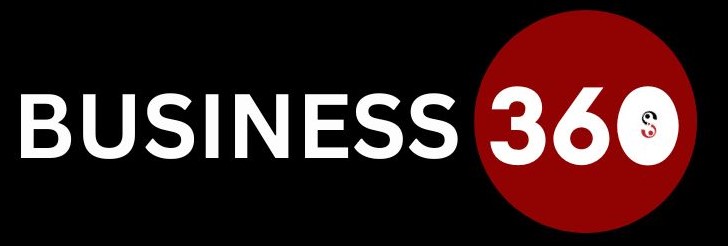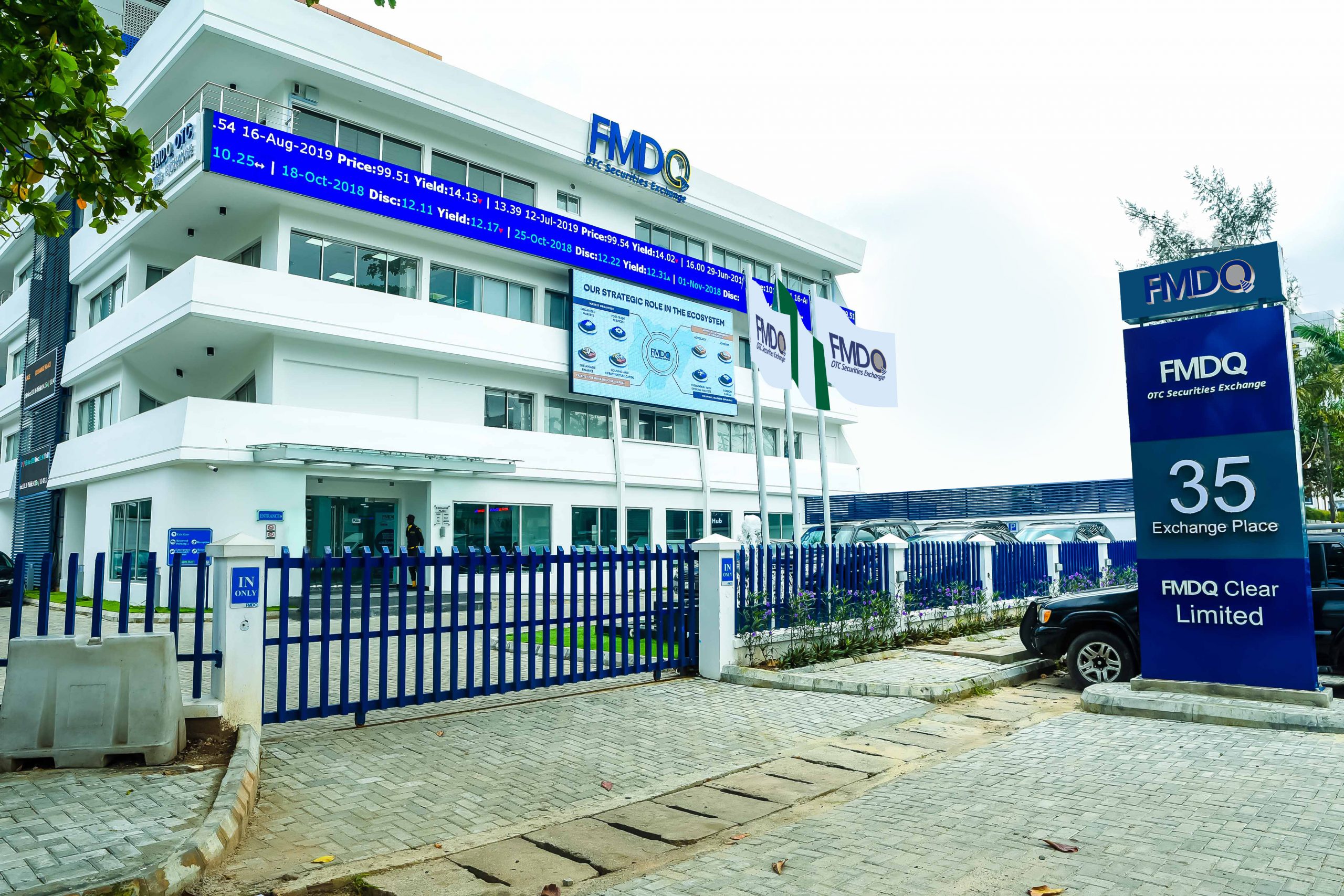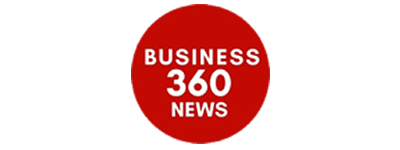For yet another year, the World Bank has classified Nigeria among the Lower-Middle Income Economies (LMIEs) in its 2025/2026 country income classification, placing the country below several African counterparts, including Libya and Gabon.
According to the latest update, Nigeria’s Gross National Income (GNI) per capita, as measured using the World Bank Atlas method, remains within the $1,136–$4,495 range—falling short of the threshold required for Upper-Middle Income Economy (UMIE) status.
In contrast, African nations such as Algeria, Botswana, Equatorial Guinea, Gabon, Libya, Mauritius, and South Africa were listed in the higher UMIE bracket, with GNI per capita figures ranging from $4,496 to $13,935.
For the current 2026 fiscal year, the World Bank defines:
- Low-income economies as countries with GNI per capita of $1,135 or less
- Lower-middle income: $1,136 – $4,495
- Upper-middle income: $4,496 – $13,935
- High income: above $13,935
The World Bank emphasized that these classifications offer critical insights into economic trends and development progress globally.
“As countries continue to evolve economically, these classifications will remain crucial for shaping development policies and strategies,” the report noted.
Nigeria’s continued LMIE status has raised concerns among economists and development experts, especially given the country’s vast resource base and population size. It underscores the need for targeted reforms, stronger governance, and effective economic diversification strategies to lift more citizens out of poverty and into prosperity.















